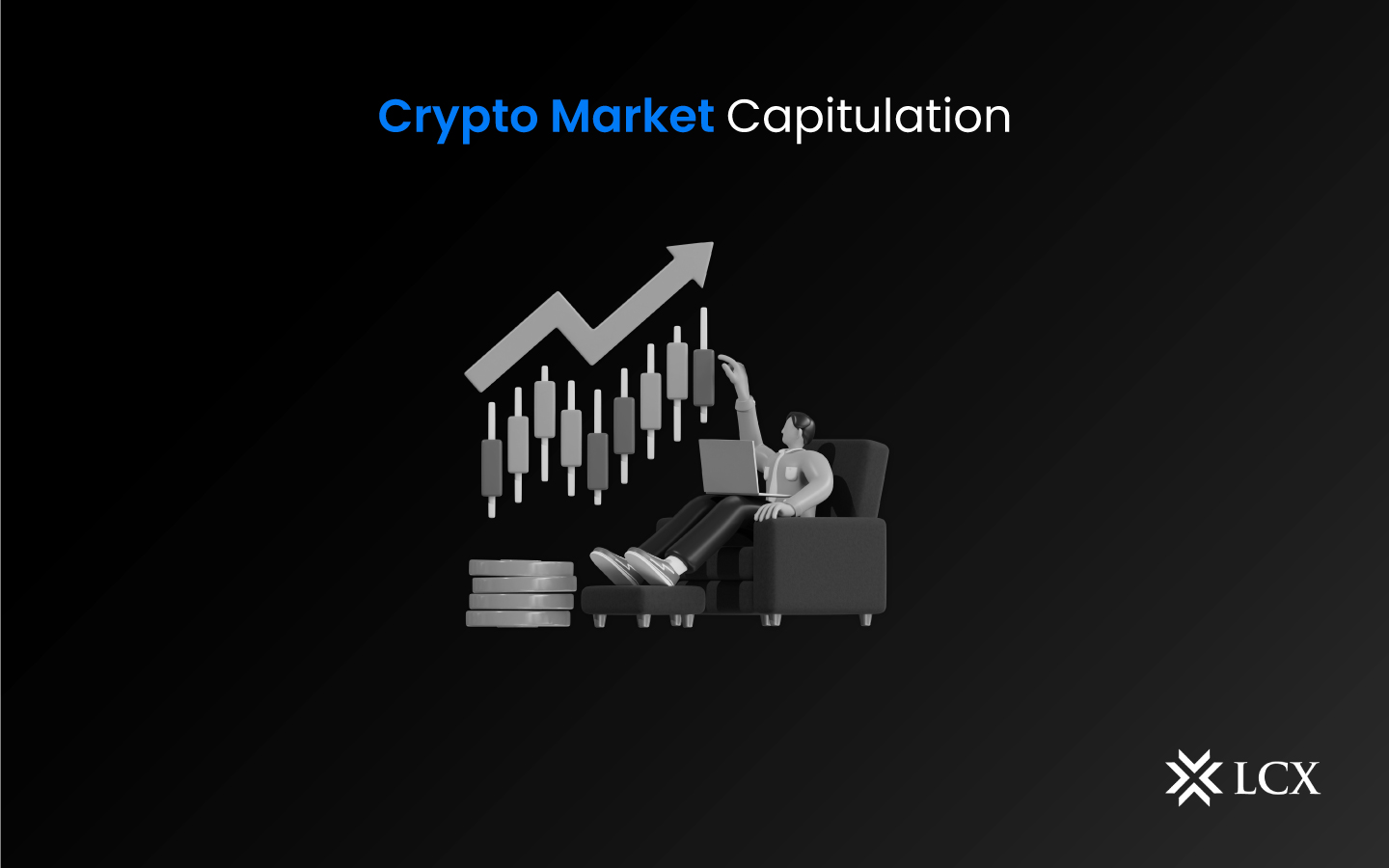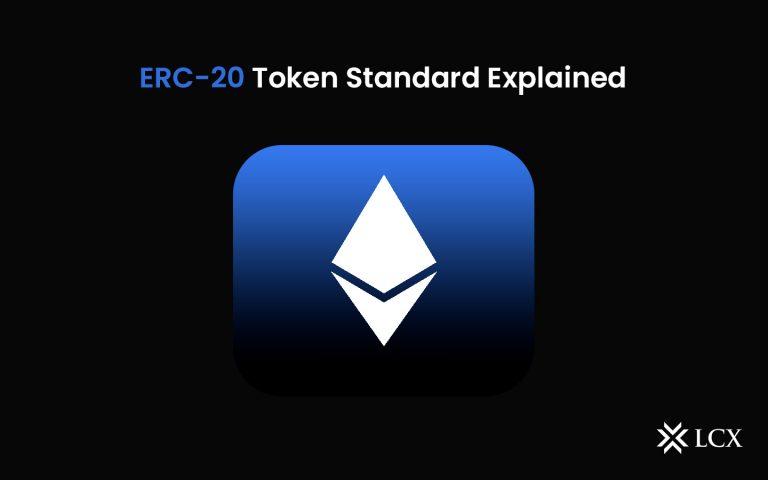Market capitulation is a term that describes a situation in which investors and traders sell their assets in large quantities, which often results in a sharp decline in prices. It is a period of intense selling activity in which investors liquidate their positions and sell their holdings quickly. This phenomenon can also be coined “panic selling” because, during a period of capitulation, sell orders peak at a much higher-than-average level, which quickly drives the asset price lower and lower until a bottom is eventually reached.
Capitulation can be said to be the representation of investors losing hope and accepting their losses while giving up their previous gains. When the panic selling is over, which means the capitulation is over, there may be a period of consolidation (price movements that stay the same) or an upward trend, which could be the start of a bull market.
Price reversals and strong upward trends often happen during capitulation periods. This is because these times are usually marked by FUD and panic, which cause selling pressure to go above normal levels and reach “oversold” conditions. The more violent and abrupt the price drop is, the higher the chance that it will be followed by a strong bounce.
What are the conditions that can determine the onset of market capitulation?
While it’s very difficult to predict and identify capitulation, there are a few recurring market signals that can help traders prepare for such an event. A crypto market capitulation will typically include most of these conditions:
- Rapid price crash of a cryptocurrency.
- Large trading volumes
- High volatility
- Oversold conditions
- Negative market fundamentals
- Significant drop in the number of large holders
What are the factors that drive cryptocurrency market capitulation?
Apart from the few determining factors mentioned above, there are a few more factors that can result in market capitulation. They are:
- Economic factors such as regulatory changes, monetary policies, and macroeconomic conditions can play a significant role in triggering it.
- Technical factors such as network outages, security breaches, and changes in mining difficulty can also contribute to it.
- Psychological factors such as fear, greed, and herd behavior can also play a significant role in driving market capitulation. During a bull market, for instance, investors may become overly optimistic and invest heavily in cryptocurrencies, only to panic and sell their assets during a sharp decline in prices.
It results in long and short-term effects on investors. In the short term, market capitulation can result in significant losses for investors and traders as prices decline rapidly. Investors who bought at or near all-time highs can see their portfolios decline by over 80% in a matter of months. In the long term, market capitulation can present opportunities for those who are able to withstand the decline in prices and hold on to their assets. After a market capitulation event, prices often bottom out and begin a slow recovery, which can potentially indicate the beginning of a bull market.
In Conclusion
The crypto market is in a constant state of flux, and market participants need to be prepared for periods of high volatility. Despite challenges like market capitulation and many others, the crypto market remains an attractive investment opportunity for those who are willing to take a risk and understand the dynamics of the market. As the crypto space continues to mature and evolve, it is expected that the crypto market will continue to experience periods of growth and contraction, and it is up to investors to determine their risk tolerance and make informed investment decisions.









